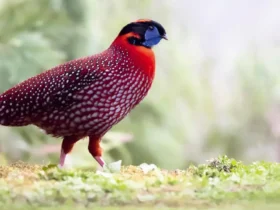The Crimson Rosella (Platycercus elegans) is a captivating bird species that graces the forests and woodlands of Australia with its vibrant plumage and melodic calls. Renowned for its striking crimson and blue feathers, this avian gem enchants birdwatchers and nature enthusiasts alike. In this article, we will explore the world of the Crimson Rosella, delving into its appearance, habitat, behavior, and the significance of its conservation in preserving Australia’s rich biodiversity.
Crimson Rosella images
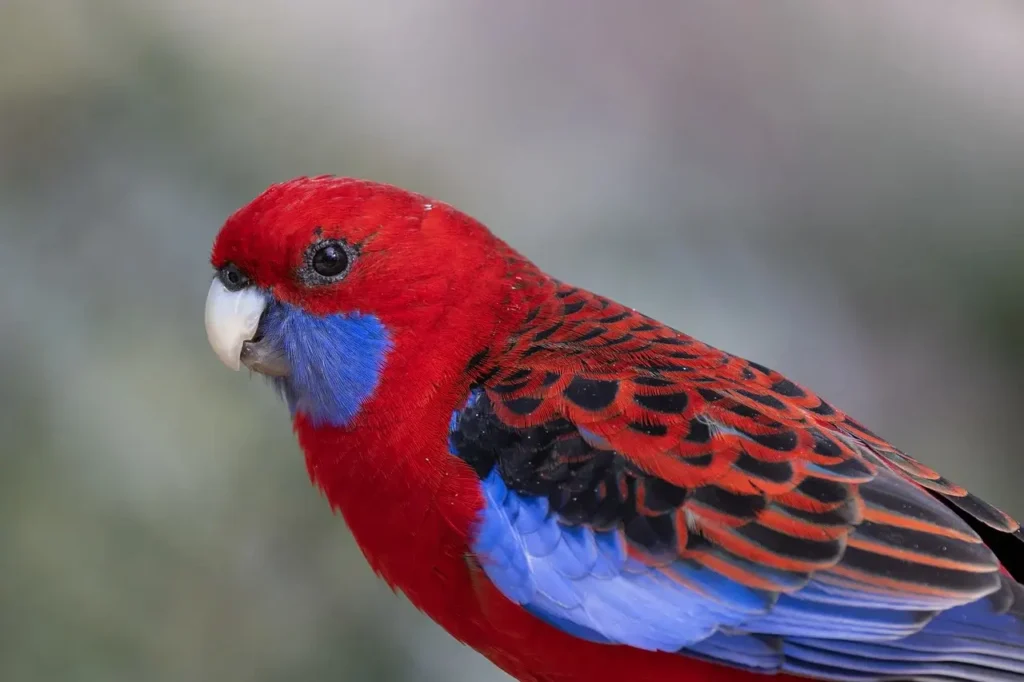
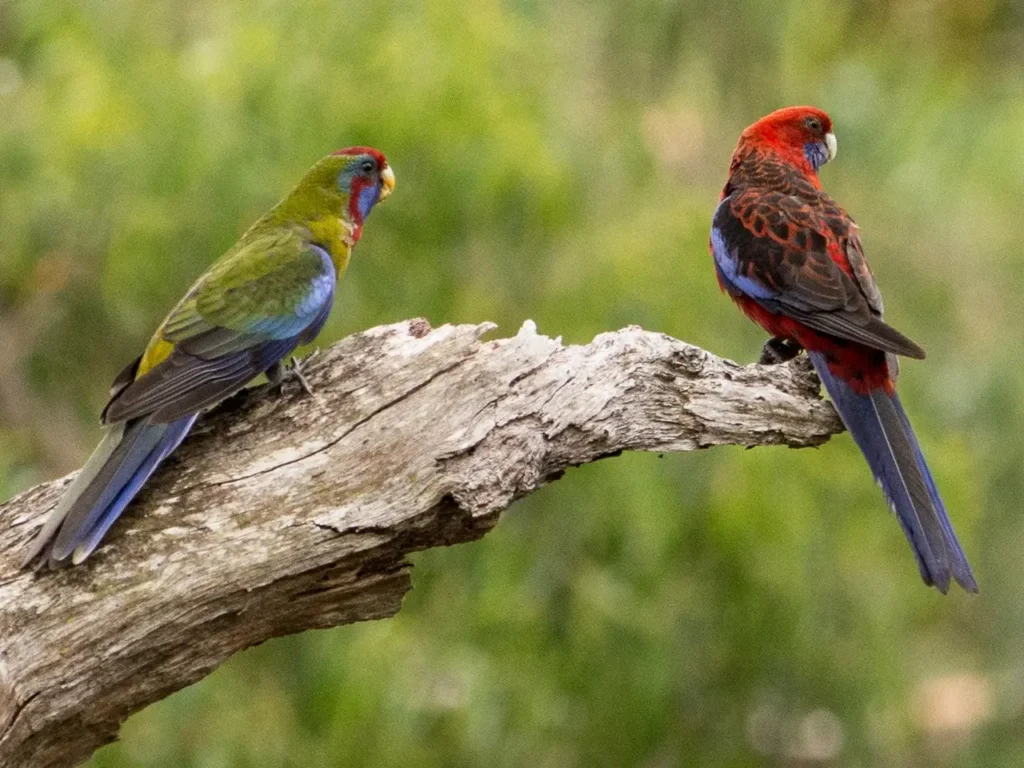
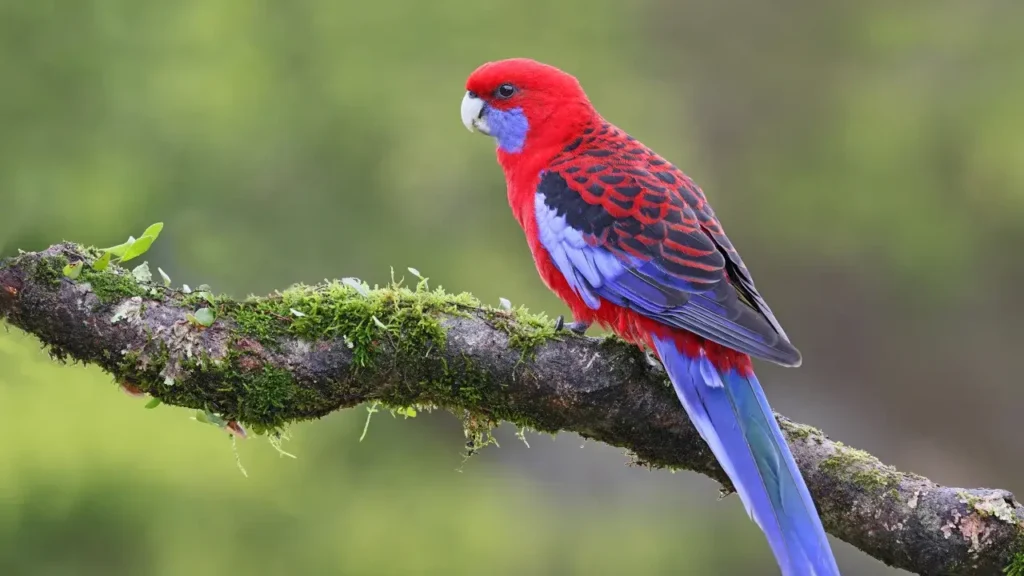
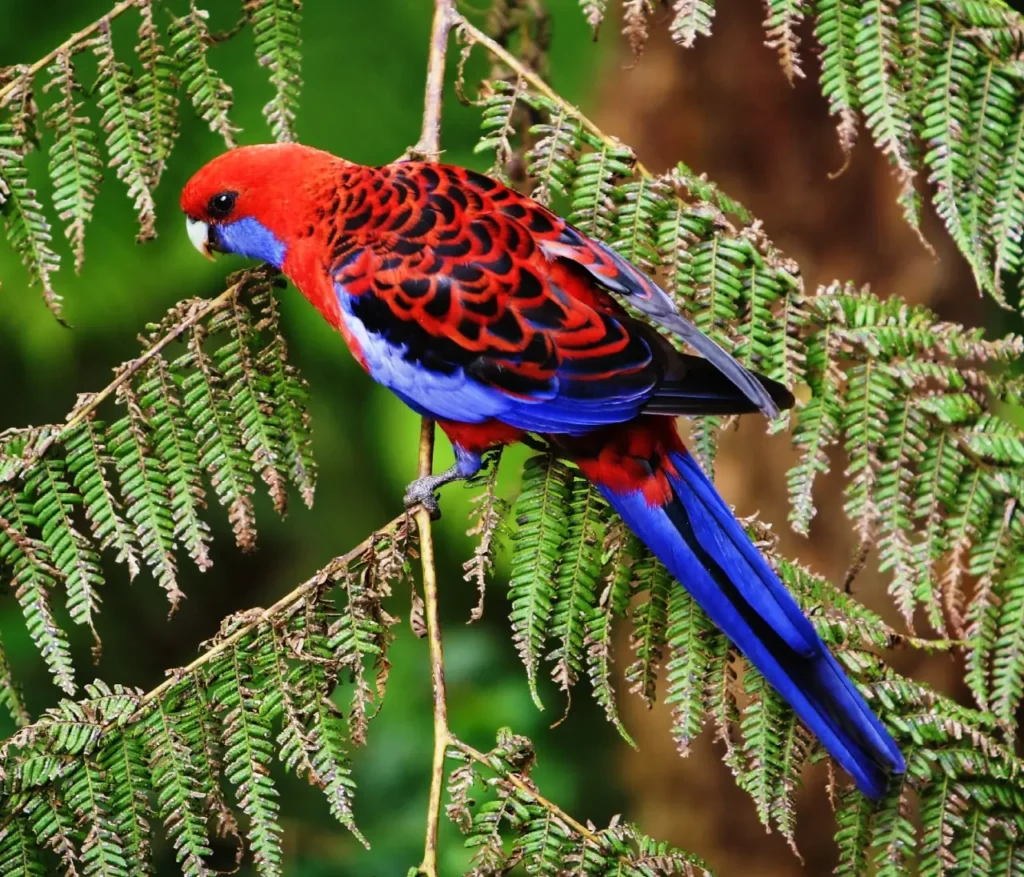
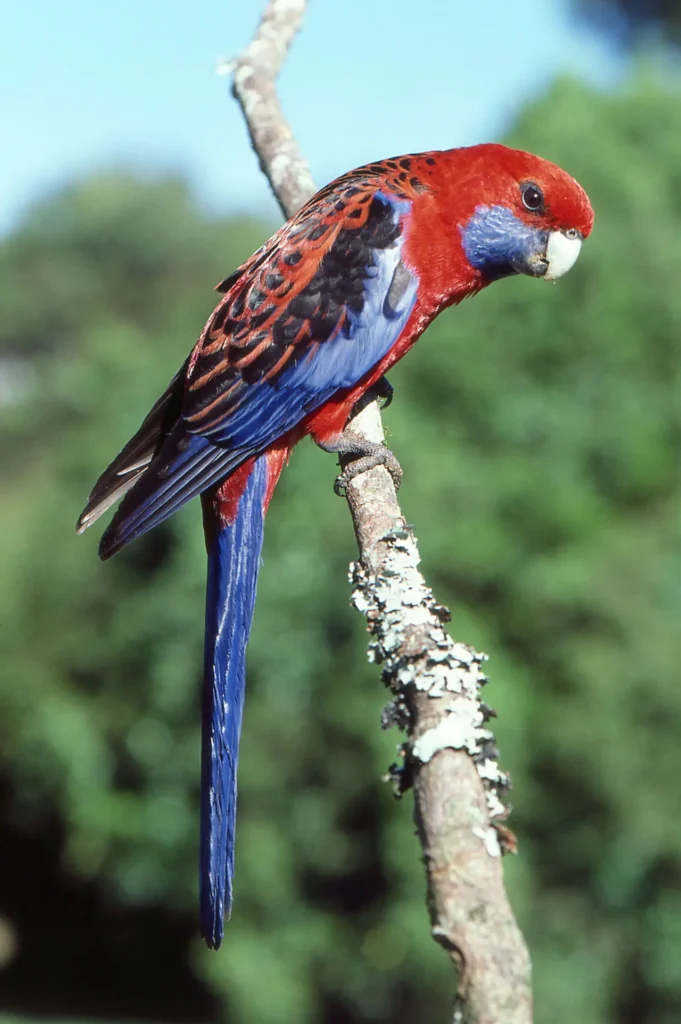
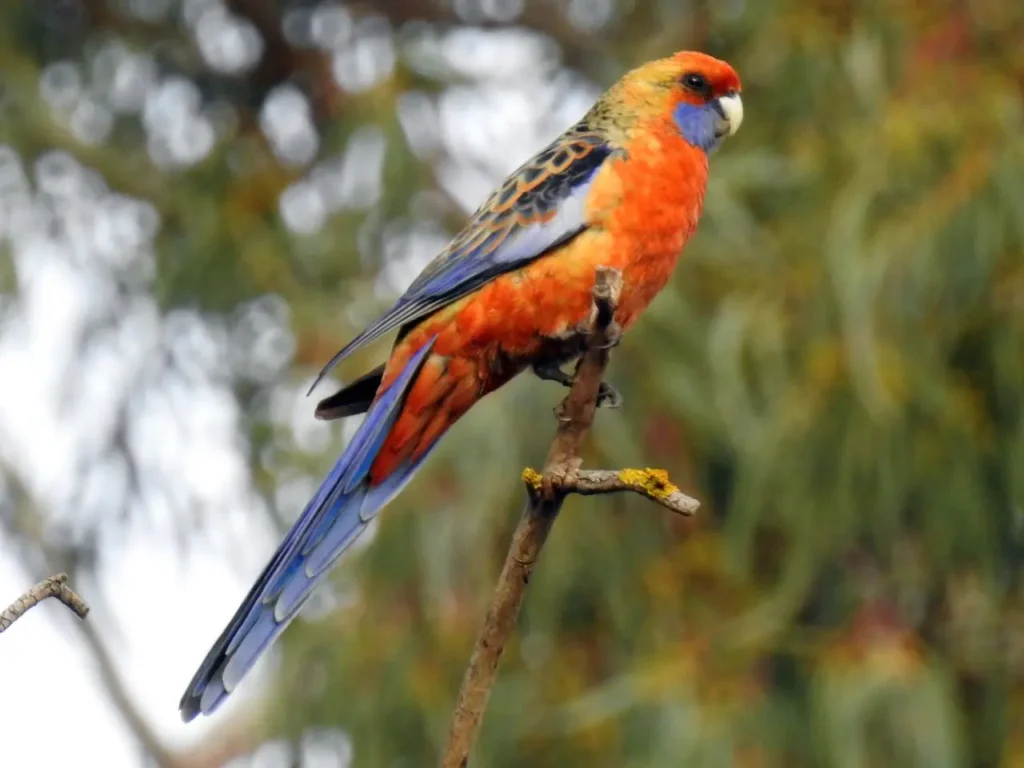
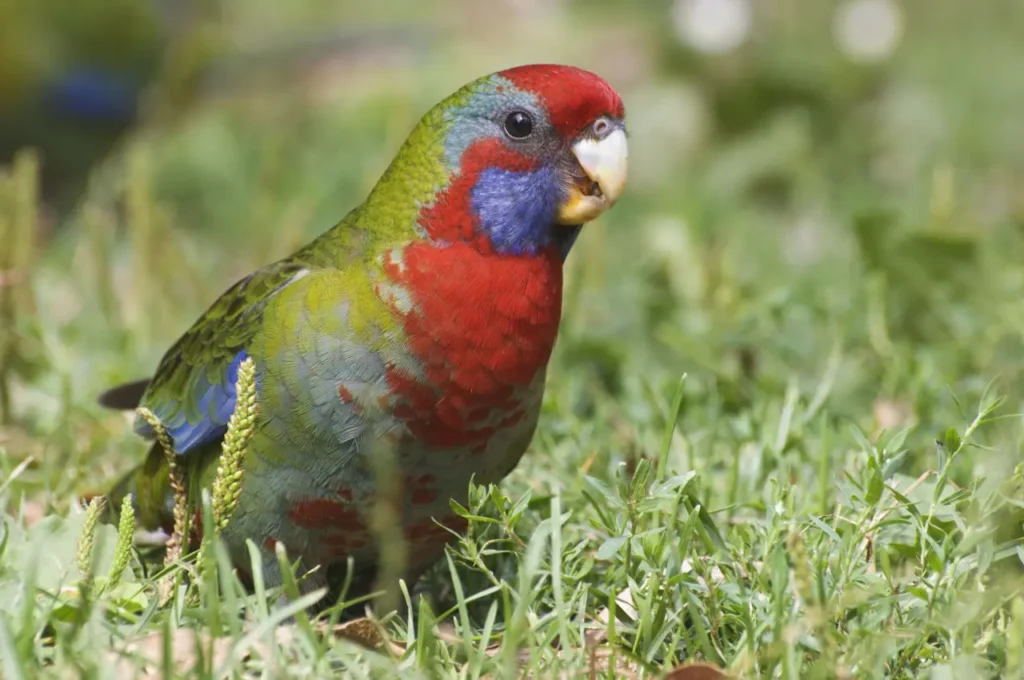
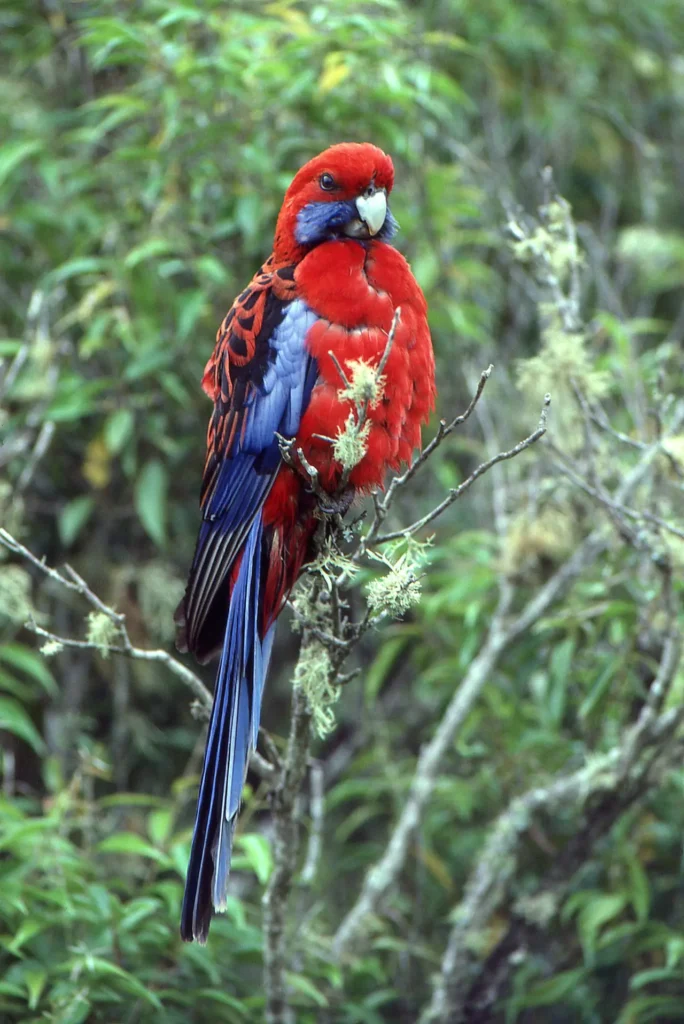
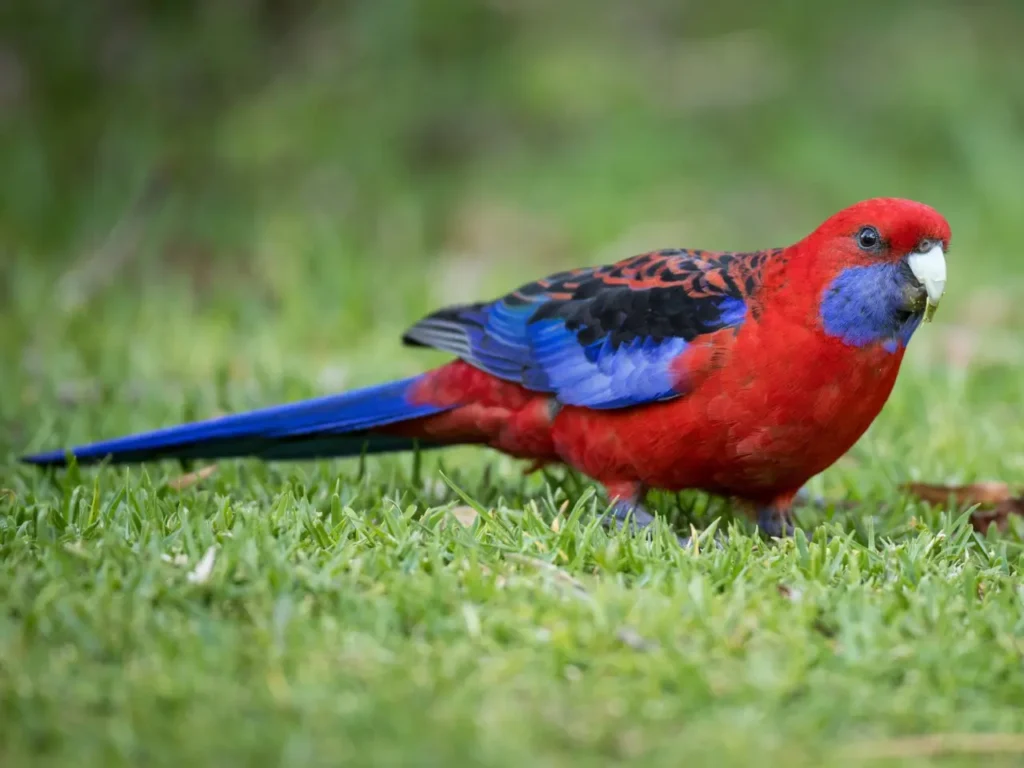
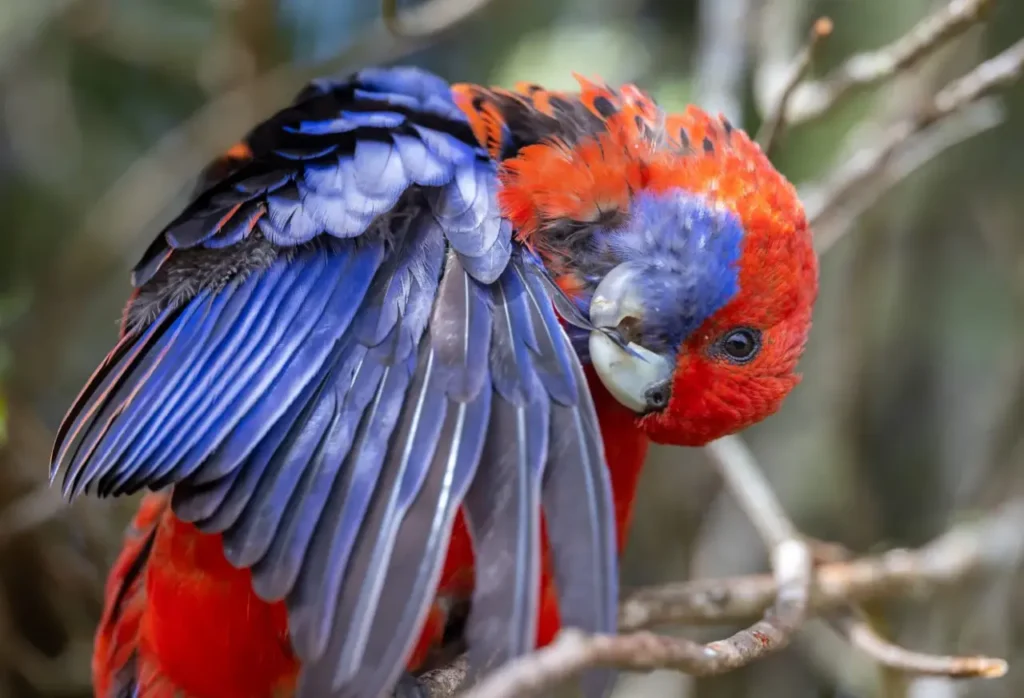
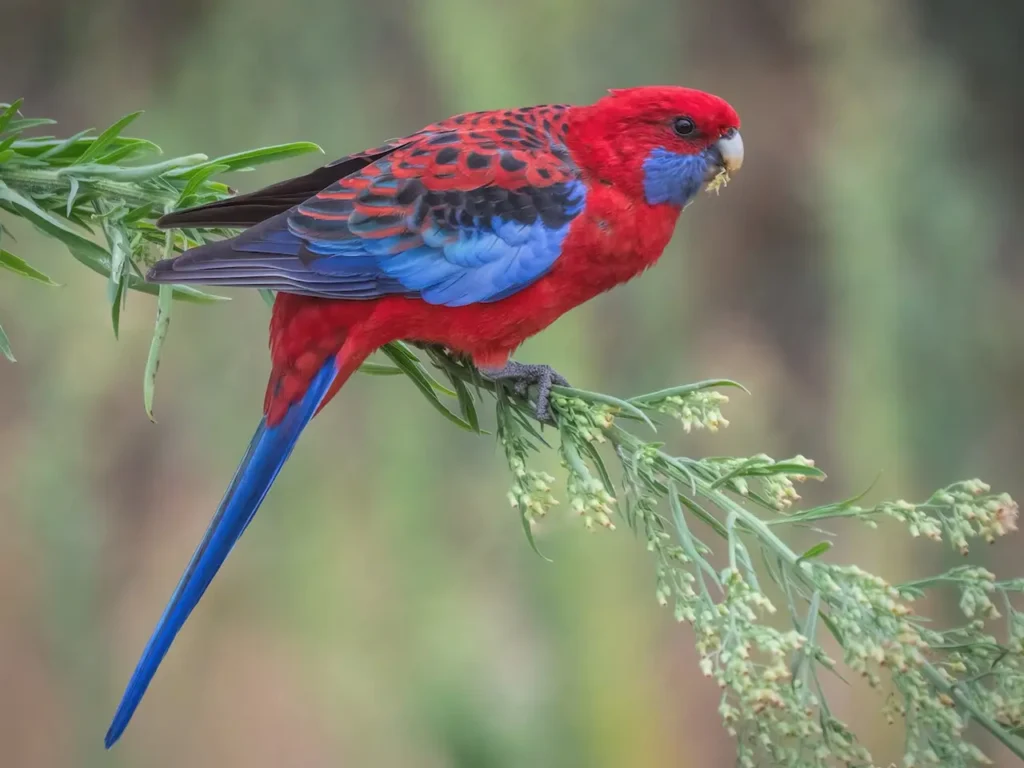
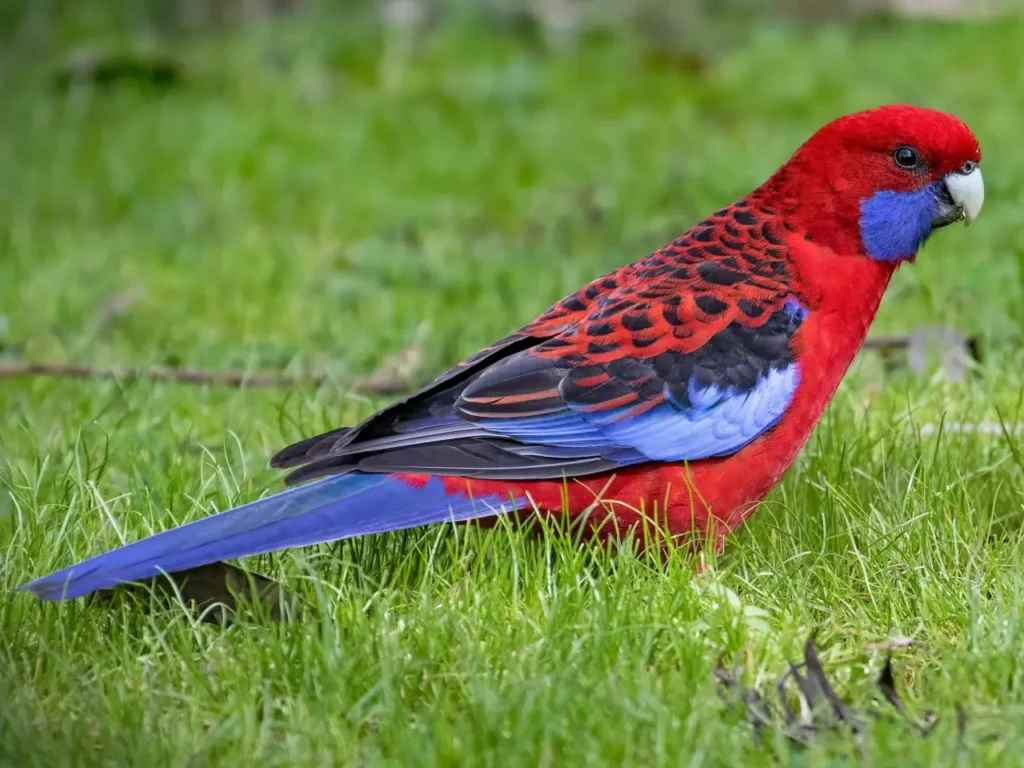
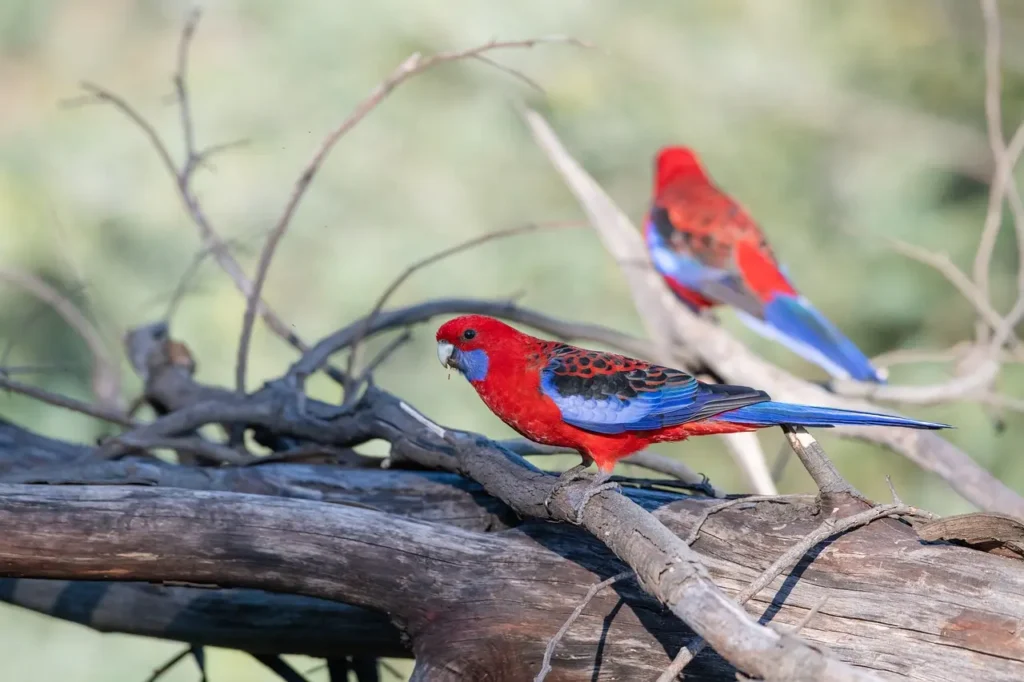
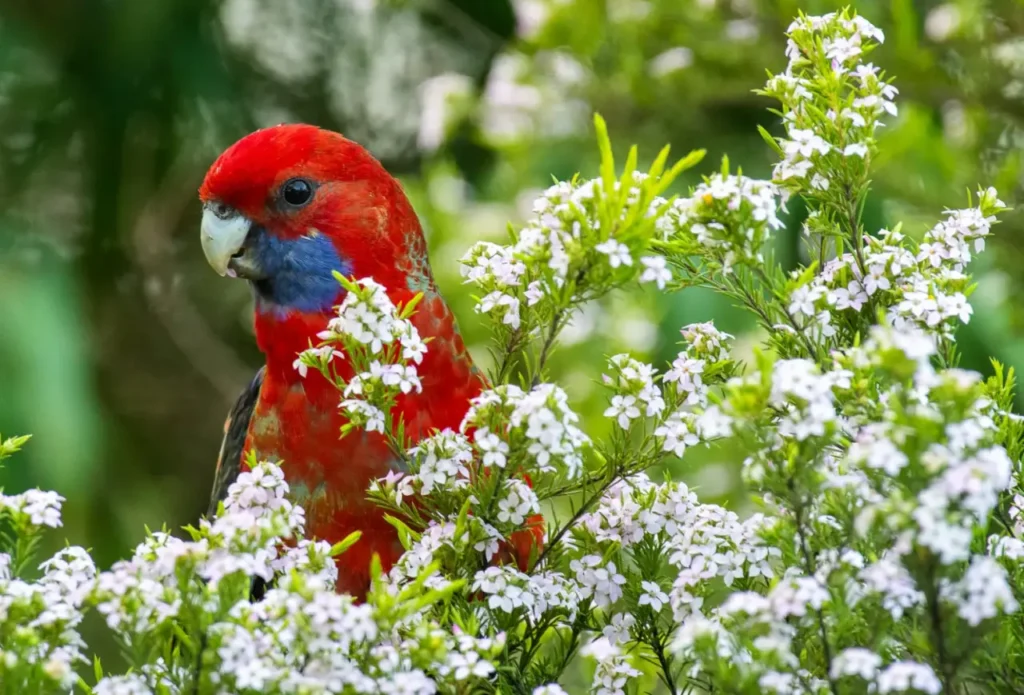
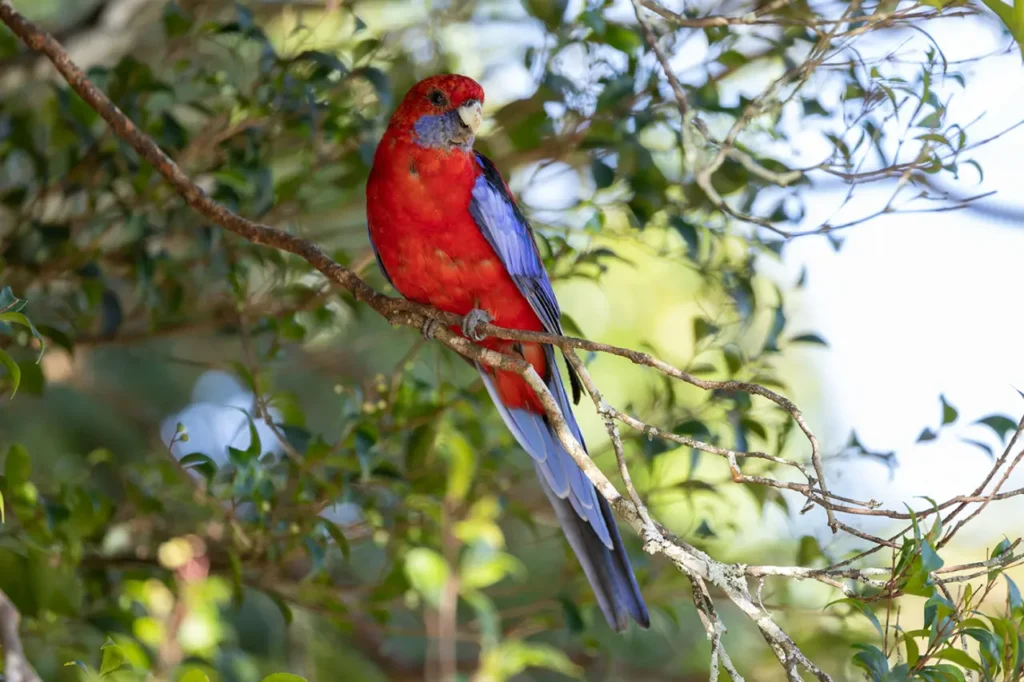
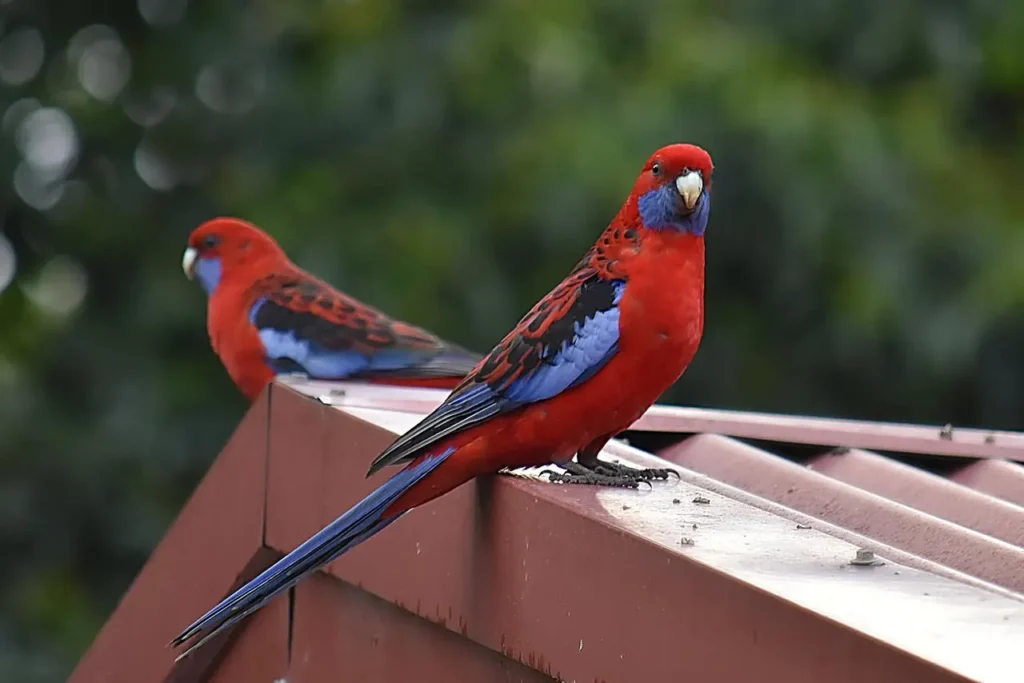
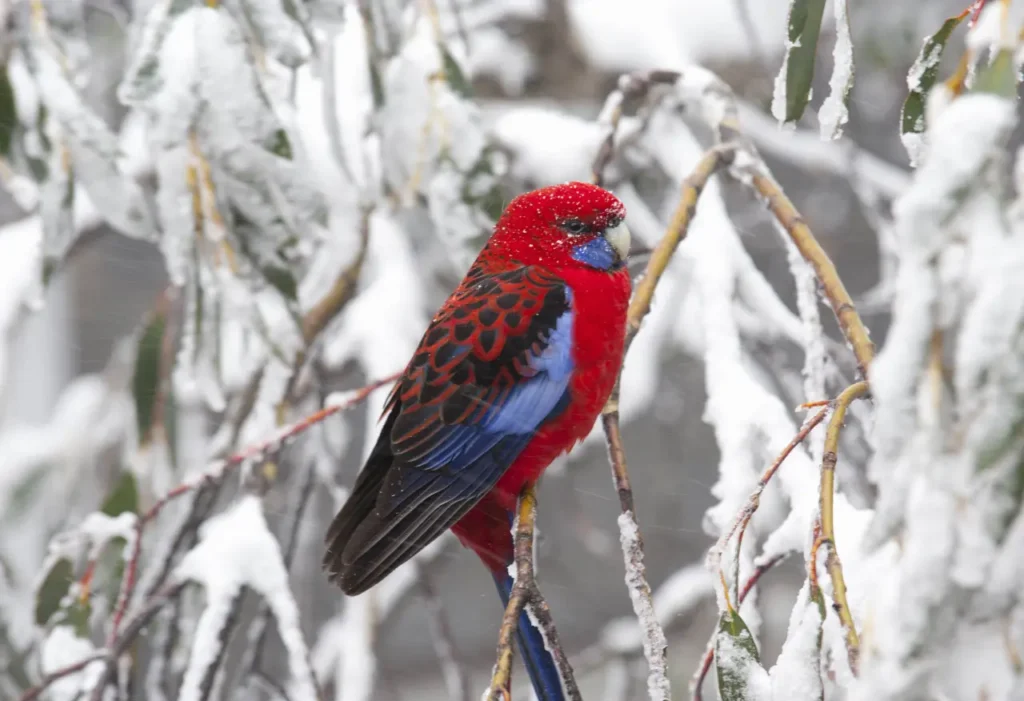
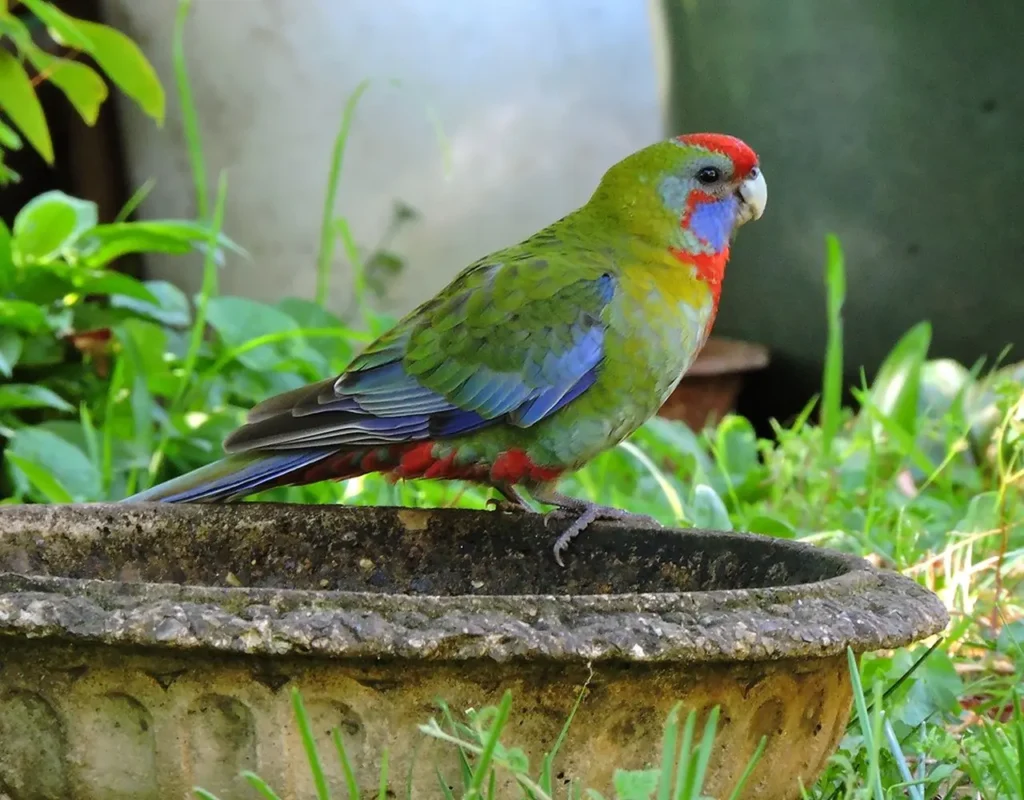
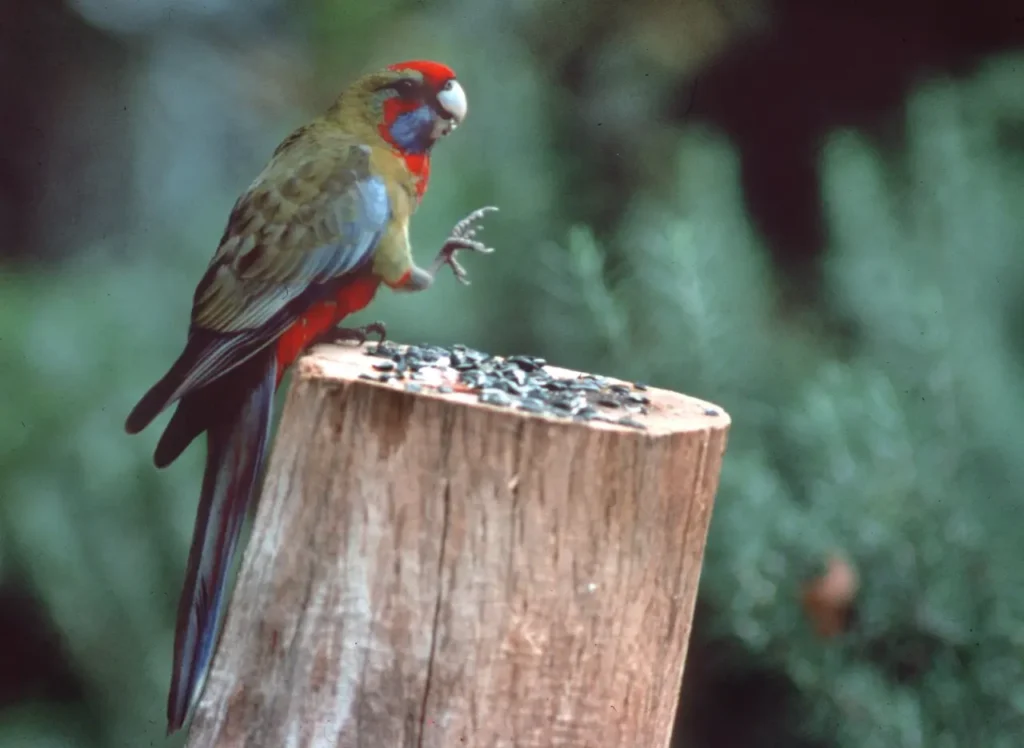
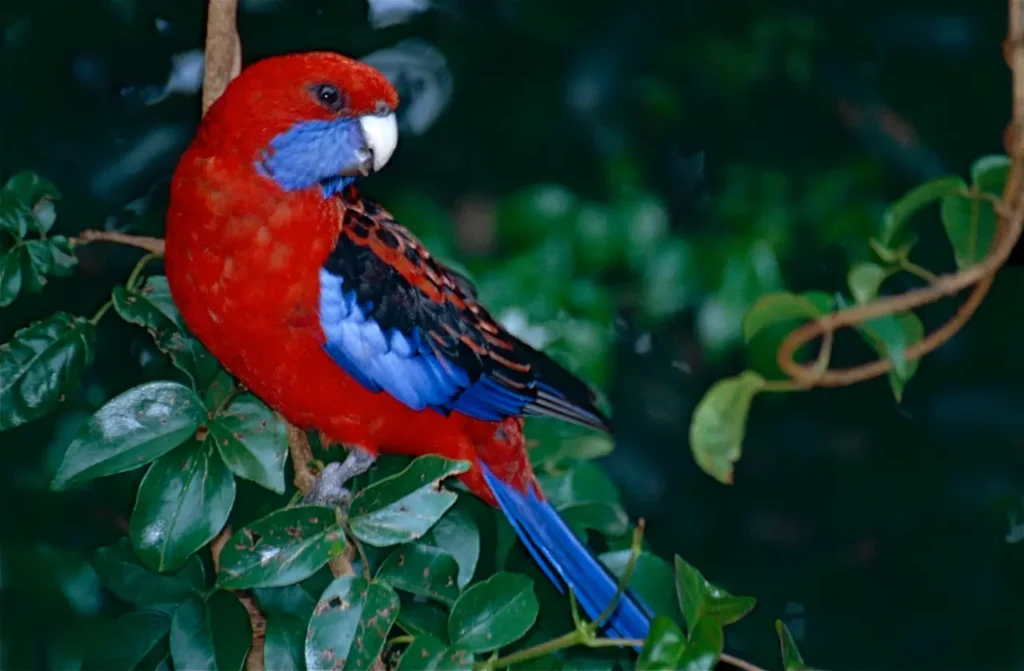
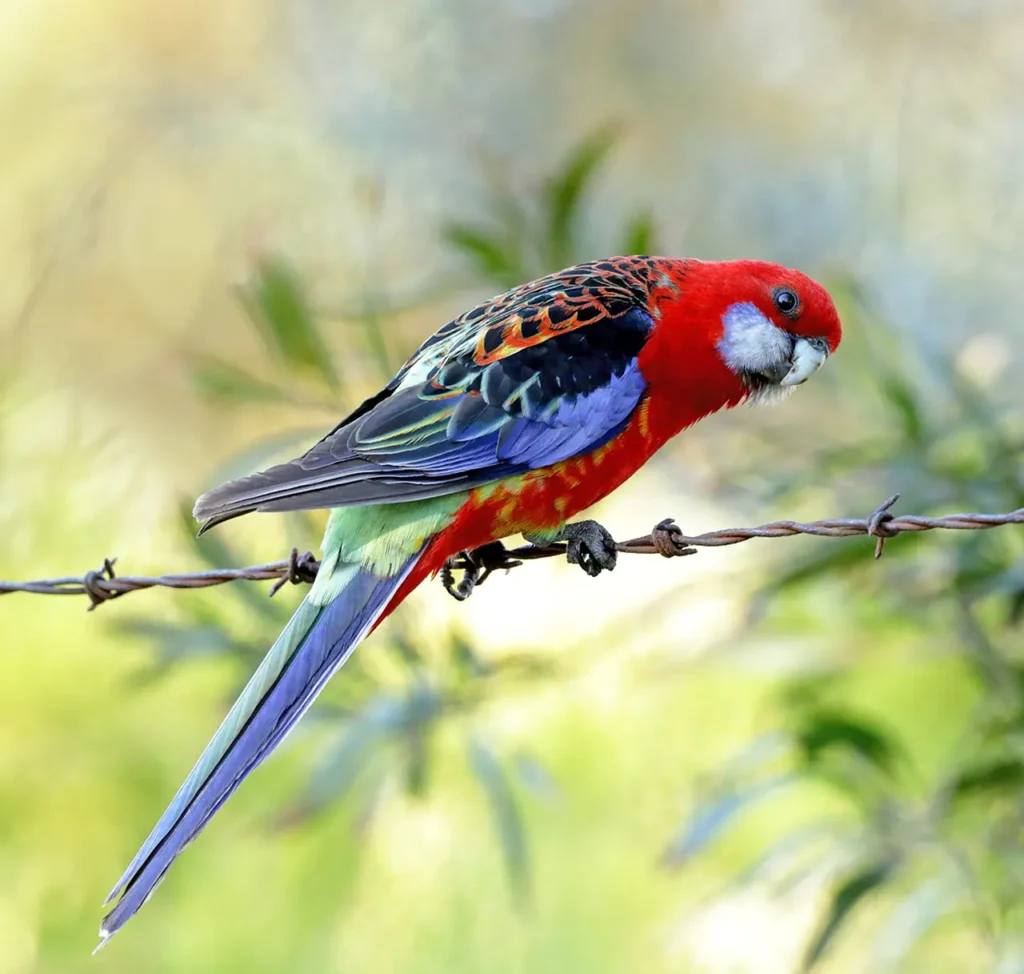
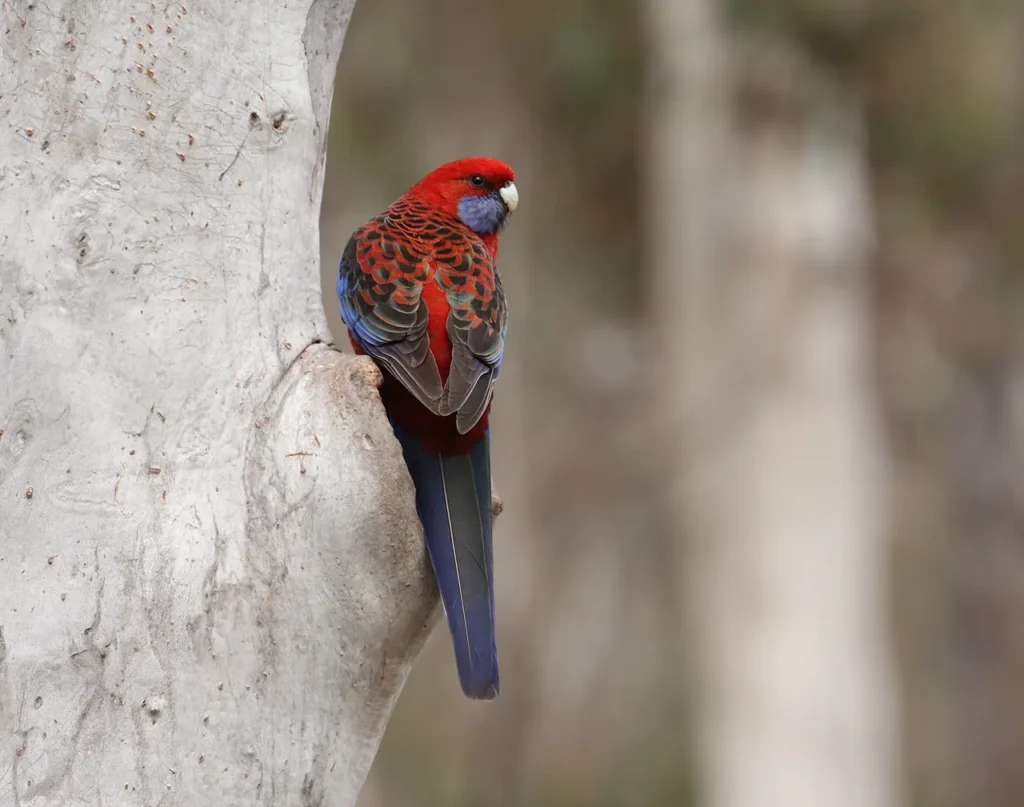
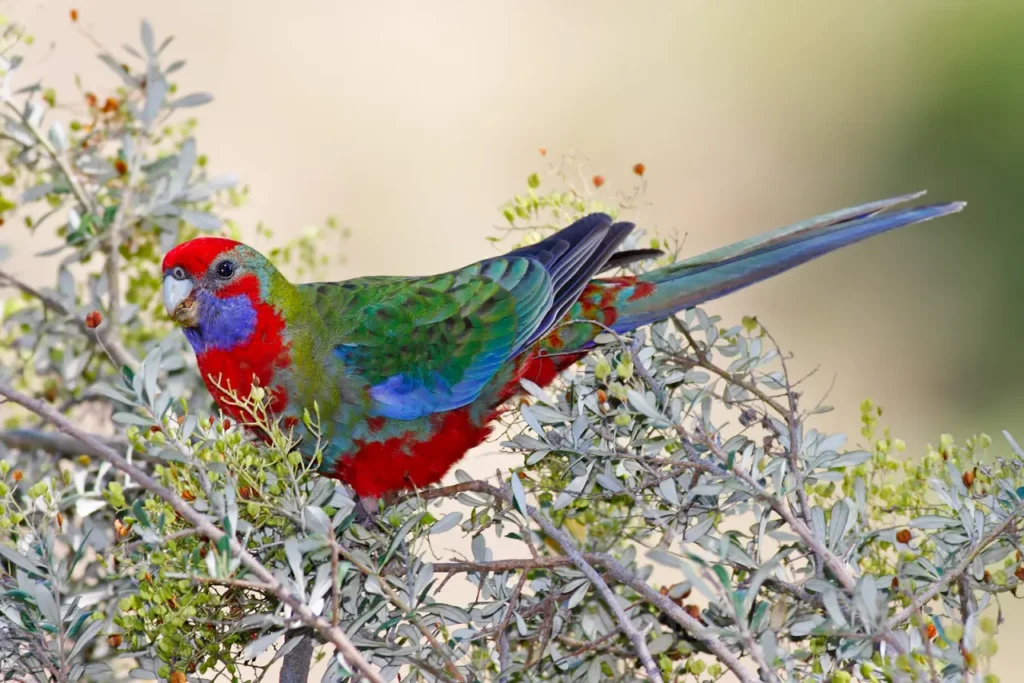
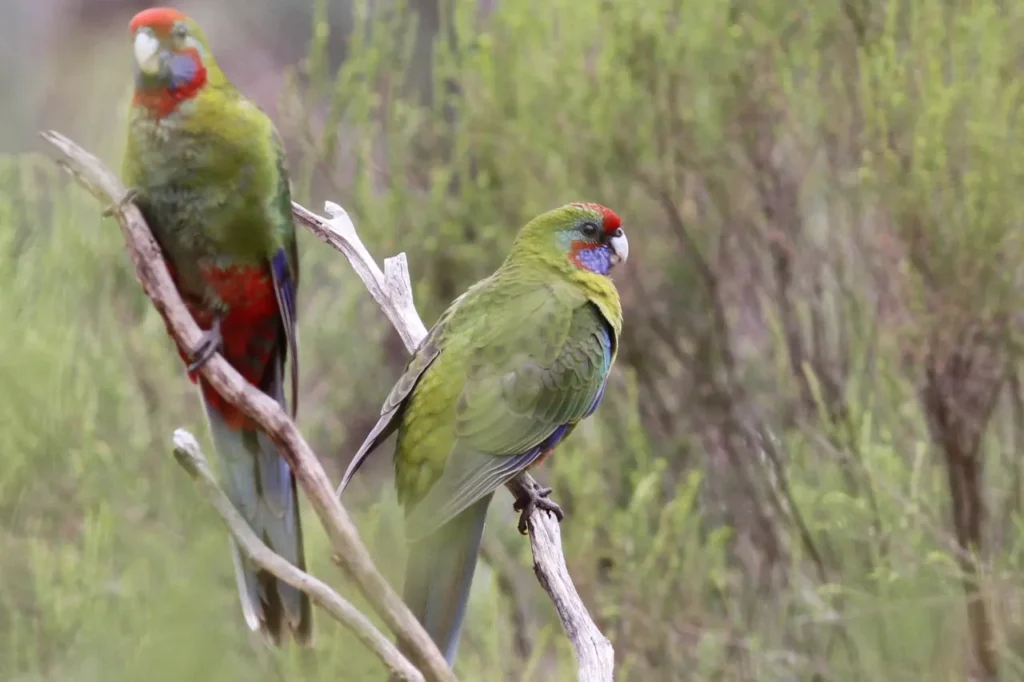
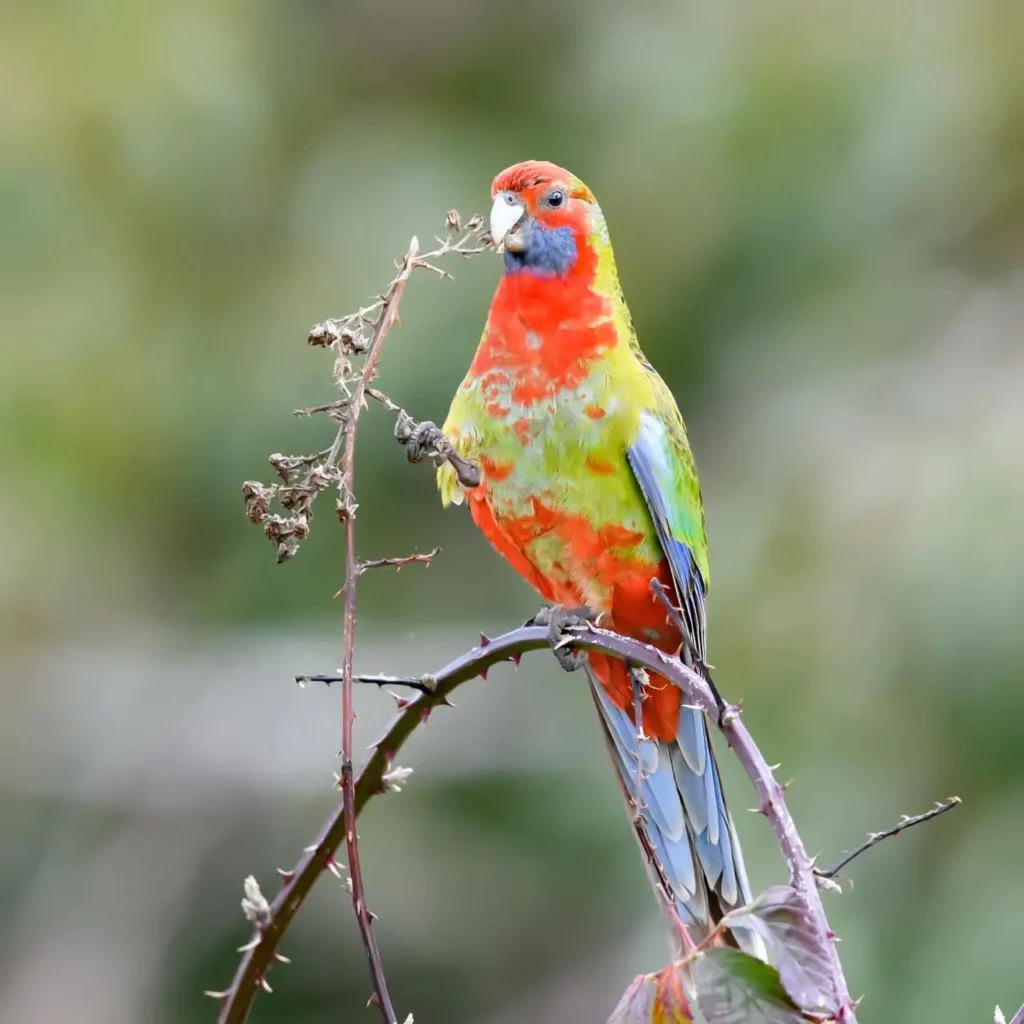
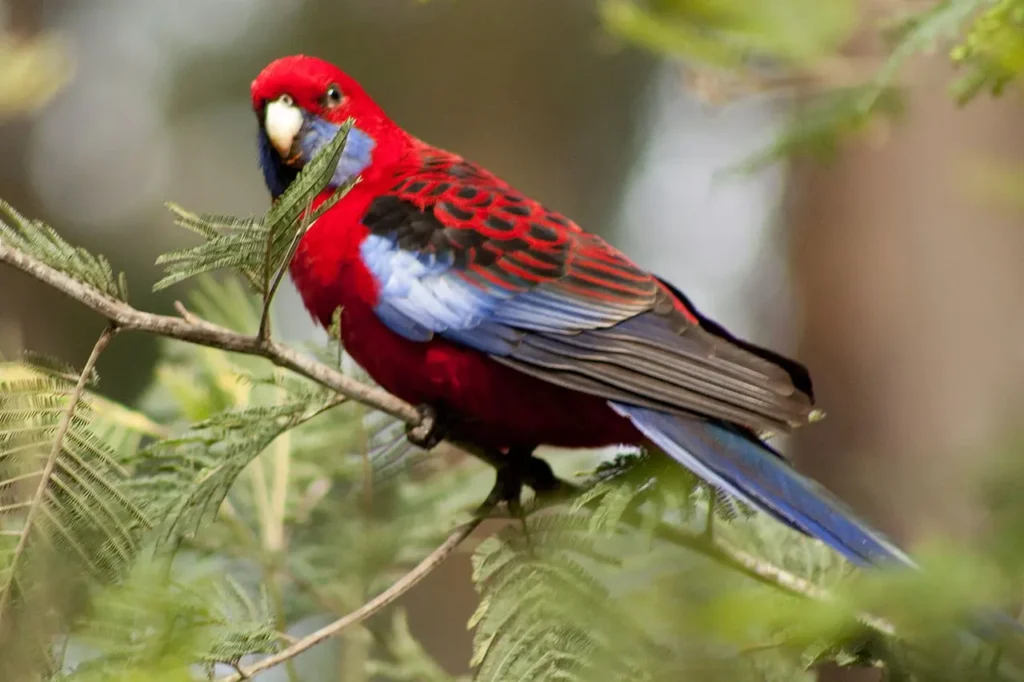
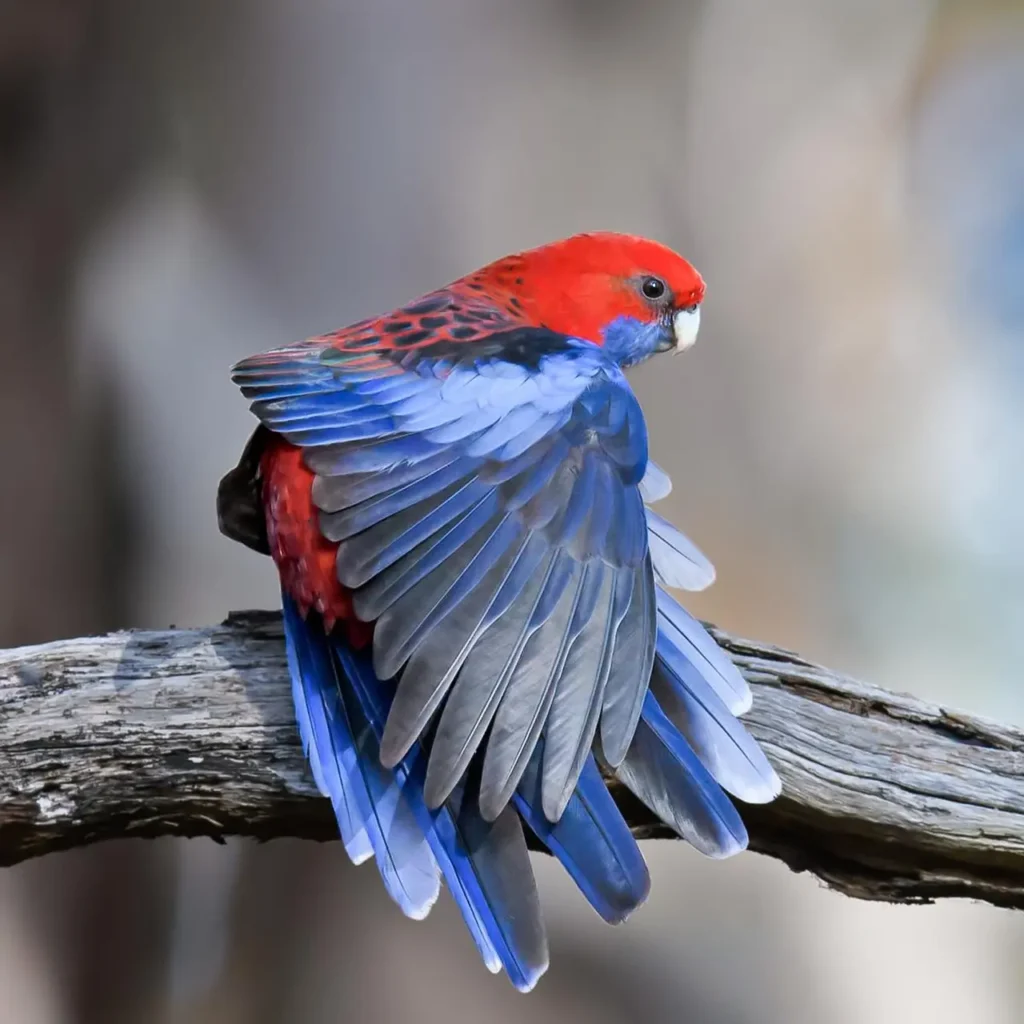
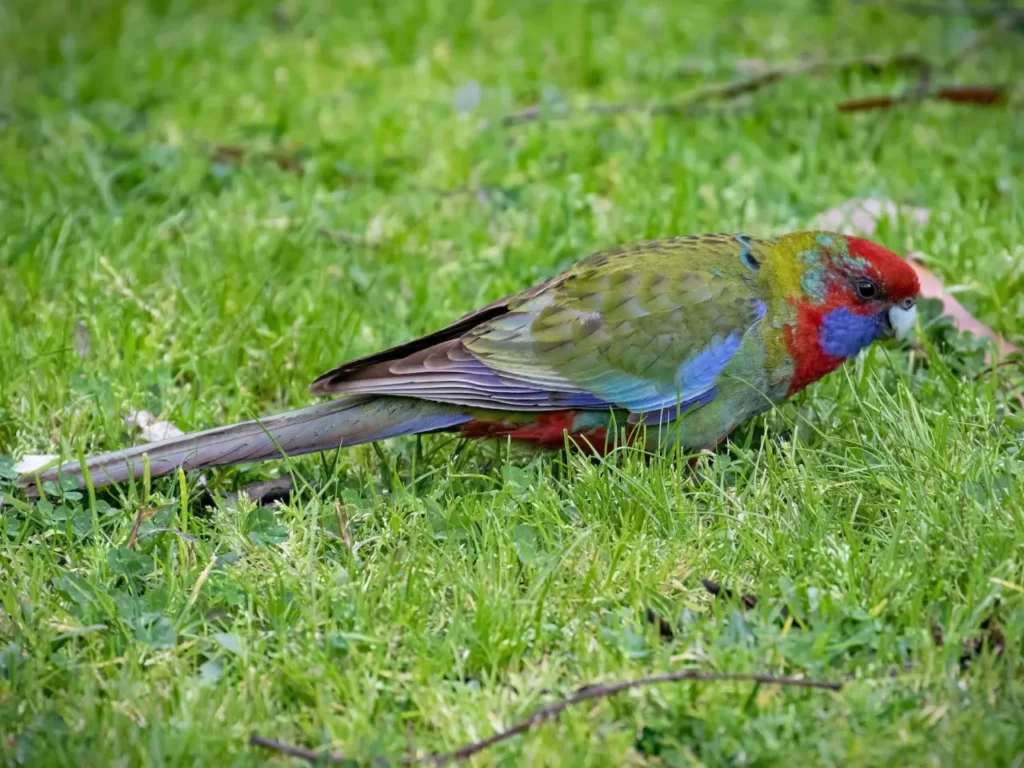
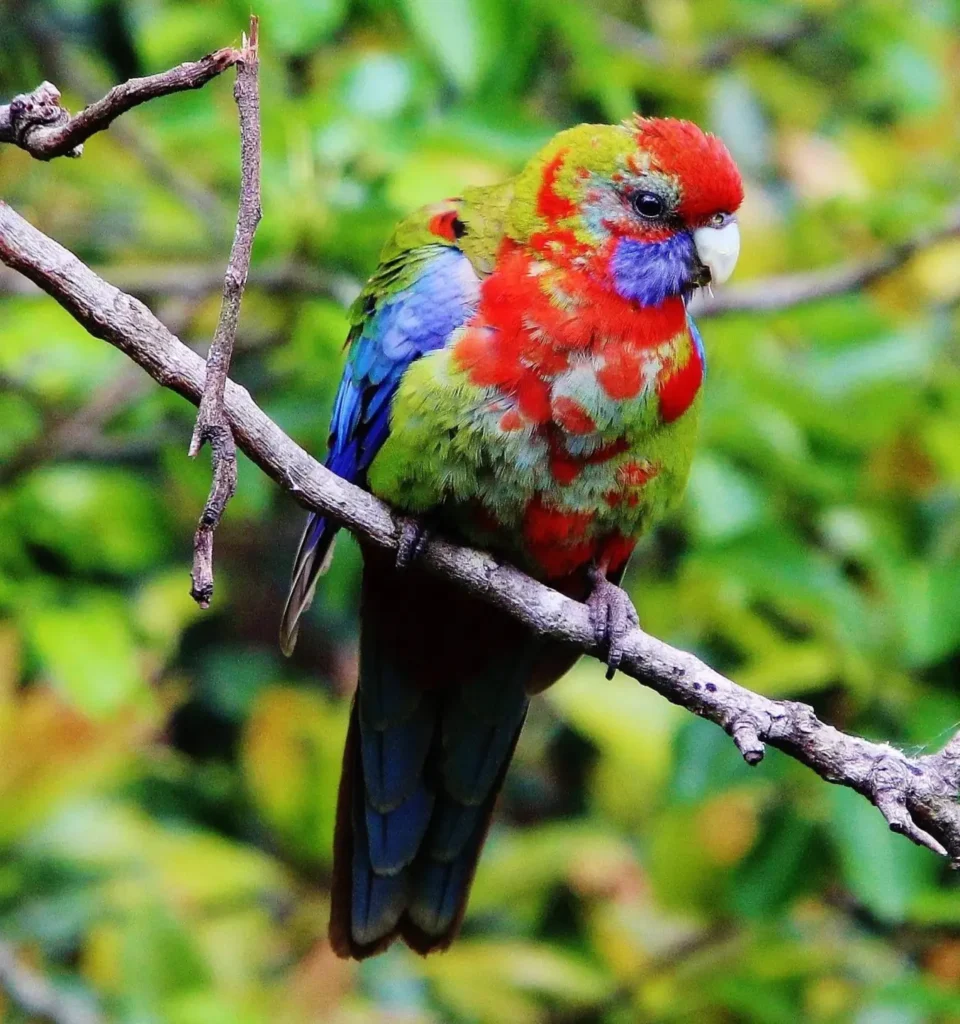
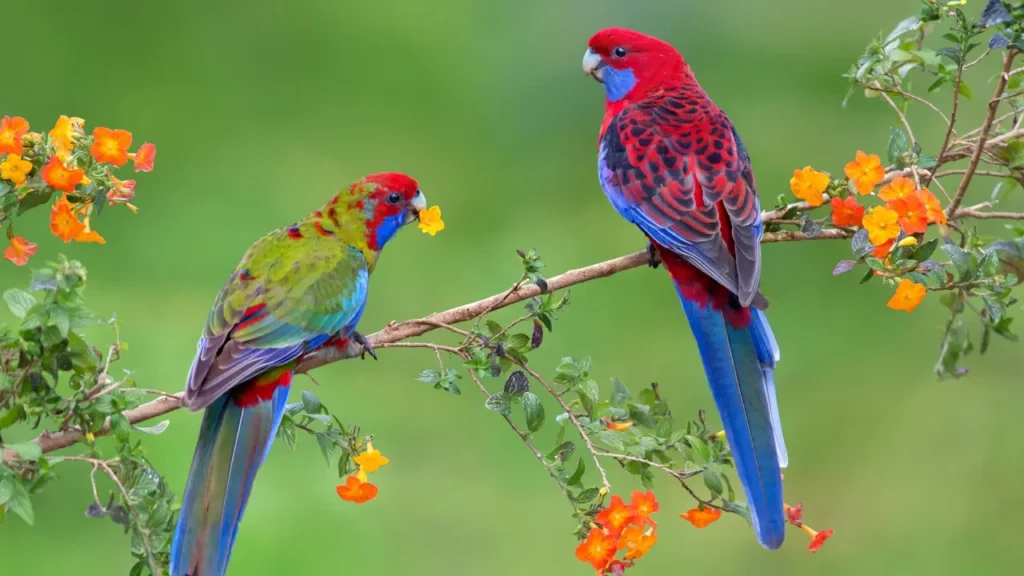
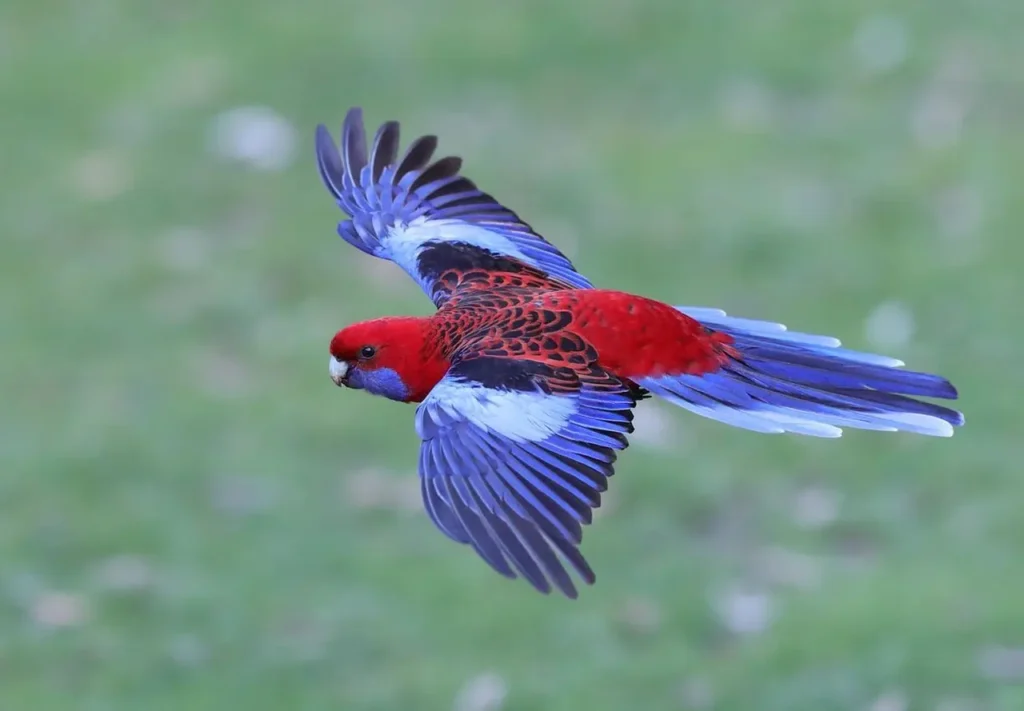
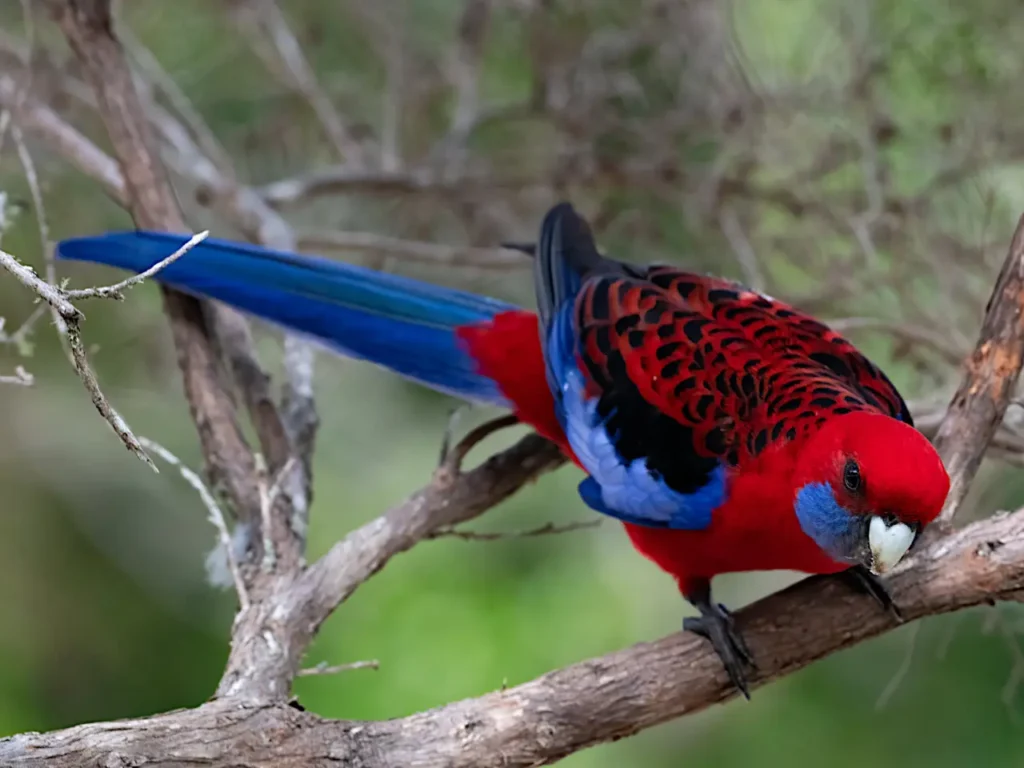
Appearance and Plumage
The Crimson Rosella is a medium-sized parrot, measuring around 30 to 35 centimeters (12 to 14 inches) in length. It boasts a vivid and contrasting plumage that has made it a beloved symbol of Australian wildlife. The head, neck, breast, and upperparts display a deep, vibrant crimson color, which gives the bird its name. The feathers on the back and wings are adorned with striking patterns of blue, black, and white. Its tail features a combination of blue and green feathers, while its cheeks and throat showcase patches of blue. The striking coloration of the Crimson Rosella is a testament to the wonders of nature’s palette.
Habitat and Distribution
Crimson Rosellas are native to Australia, primarily inhabiting the eastern and southeastern regions of the country. They can be found in a variety of habitats, including forests, woodlands, and coastal scrubs. These birds have adapted to both rural and urban environments, often venturing into gardens, parks, and agricultural areas in search of food and nesting sites. Their adaptability and widespread distribution contribute to their prominence in Australian avian fauna.
Behavior and Feeding Habits
Crimson Rosellas are social birds that are often observed in small flocks or pairs. They are highly vocal, emitting a range of calls and melodious whistles that echo through the forest canopy. These calls serve various purposes, including communication within the flock, territorial defense, and courtship displays. When it comes to feeding, Crimson Rosellas have a diverse diet that includes fruits, seeds, nuts, flowers, nectar, and insects. They forage in trees and on the ground, using their strong beaks to crack open seeds and extract nutritious morsels.
Breeding and Nesting
During the breeding season, which typically occurs from September to January, Crimson Rosellas form monogamous pairs. They seek out tree hollows or cavities in which to build their nests, often utilizing old woodpecker holes or natural crevices. The female lays a clutch of three to eight eggs, which both parents take turns incubating. After approximately three weeks, the eggs hatch, and the parents diligently care for the chicks, providing them with regurgitated food until they are ready to fledge.
Conservation Status and Threats
The Crimson Rosella is currently listed as a species of least concern by the International Union for Conservation of Nature (IUCN). However, habitat loss, land clearing, and the introduction of non-native species pose ongoing threats to its populations. Conservation efforts focused on preserving suitable habitats, promoting responsible land management practices, and raising awareness about the importance of native wildlife conservation are crucial for the long-term survival of the Crimson Rosella.
The Crimson Rosella’s stunning appearance and charismatic presence make it a cherished ambassador of Australia’s avian diversity. Its brilliant crimson plumage and delightful calls exemplify the beauty and splendor of the natural world. By appreciating and safeguarding the habitats that support the Crimson Rosella and promoting conservation initiatives, we can ensure that future generations can continue to marvel at the radiant beauty of this magnificent bird.
